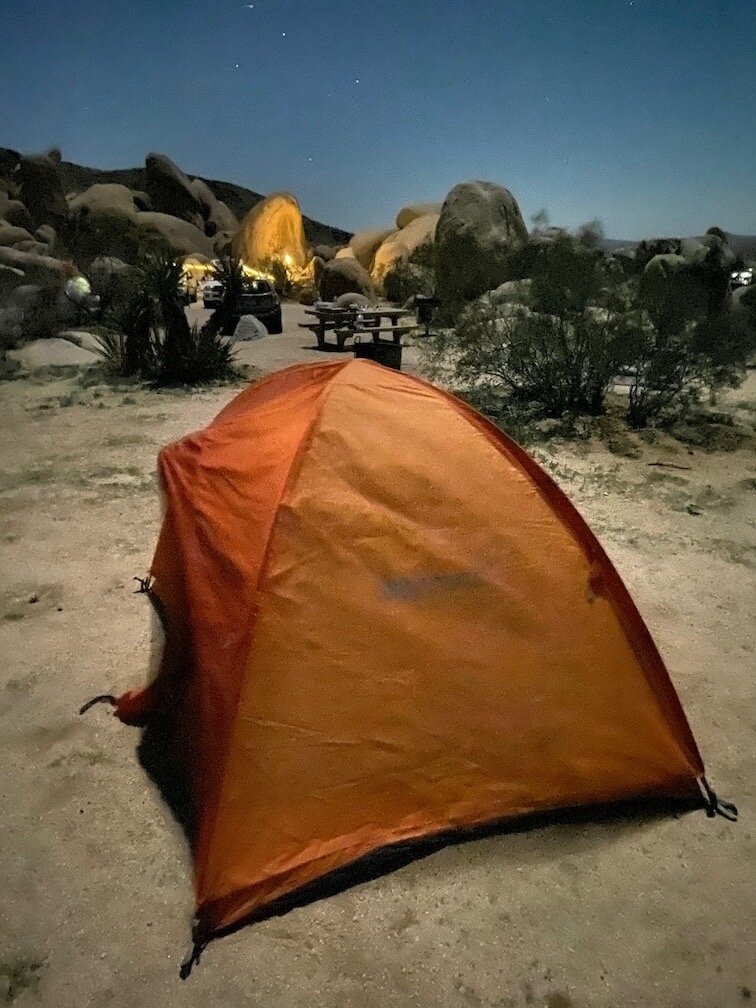
Passages I like from other writers, random stuff that interests me, great campsites, and the good bits of stories that I will [probably] never do anything else with. Is it easier to kill your darlings if there is a heaven for them to go?
Banner objects: On the right, in a black leather sheath, is an ulu (a traditional Inupiaq knife) my husband made for me, with a muskox horn handle. The skull is an empty bottle of Kah tequila, swiped from a tasting years ago. The tequila was a special batch made for "Los Ultimos Dios" in 2012, to honor the resetting of the Mayan calendar and hence, some feared, the end of the world. The candlestick is from my great-aunt's Victorian house, the house I've loved most in my life, which in its grace and over-abundance of space spoiled me for all future houses. The print of Big Sur is by Tom Killion. (There is a beautiful book of his woodcut prints, The Coast of California.) The bobbleheads were bought on the streets of Nogales, Mexico, where I used to go every other month to fill my otherwise unaffordable prescriptions. The books are some of the books that have shaped my life as a writer.
Outtake from Passionate Reason, an abandoned novel:
People once believed in love potions: Shakespeare’s fairy queen waking up blindly, deliriously in love with a donkey. In Baz Luhrmann’s Romeo + Juliet, Romeo puts on a mask, goes to the Capulet’s party, takes ecstasy, and then meets Juliet: he falls in love. With the drug, it all makes sense. In real life, we meet a person and feel that everything has changed—we are not living in the same world as we had been, an hour or a day before. But how is this possible? When you are sober and look at a glass of wine, you can describe what you see, what you smell and taste—the lemon-straw color, the aroma of herbs and grass, the puckery-crisp tingle on your tongue—but how it makes you feel cannot be predicted by looking at it. When the bottle is empty, you will be drunk. It has changed you.
View of Mendenhall Glacier from our campsite, 2022.
March 6, 2020, camping at Joshua Tree. The last time we interacted mask-less with other people.
February 28, 2021
Ada Bronowski — Dear Friend, You Must Change Your Life: The Letters of Great Thinkers
Bronowski’s introduction to Epicurus’s letter folds in bits of history, philosophy, and science with elegant, lively, rhythmic, and surprising prose. I would call her writing and her sensibility Davenportian*, if Guy Davenport were better known.
p.7 “Epicurus wrote over forty-five treatises and books of philosophy, themselves containing multitudinous volumes, for instance, a monumental work entitled On Nature composed of 37 books. They have all disappeared.”
But a letter to his mother survives, engraved in stone in what is now Turkey.
* Davenportian
Here is a paragraph from a paper I wrote for William Gass (Seminar on the Sentence, Washington University, 1994). Writing this, I channeled both Gass and Davenport, two writers I love. The final paper for the course was to analyze a single sentence. My sentence was from a story by Guy Davenport, “Au Tombeau de Charles Fourier,” in the collection Da Vinci’s Bicycle:
Wasps fly backwards in figure eights from their paper nests memorizing
with complex eye and simple brain the map of colors and fragrances
by which they can know their way home again, in lefthand light that bounces
through righthand light, crisscross.
The sentence is a flight of figure eights, backwards from the nest on a long phrase explaining how the wasp navigates, which is by polarized light, described in the eight-word phrase which is itself a figure eight: light bouncing left, and right, and crossing. “Crisscross” is the wasp-waist of the eight. And wasps are eight-shaped, without their wings.


